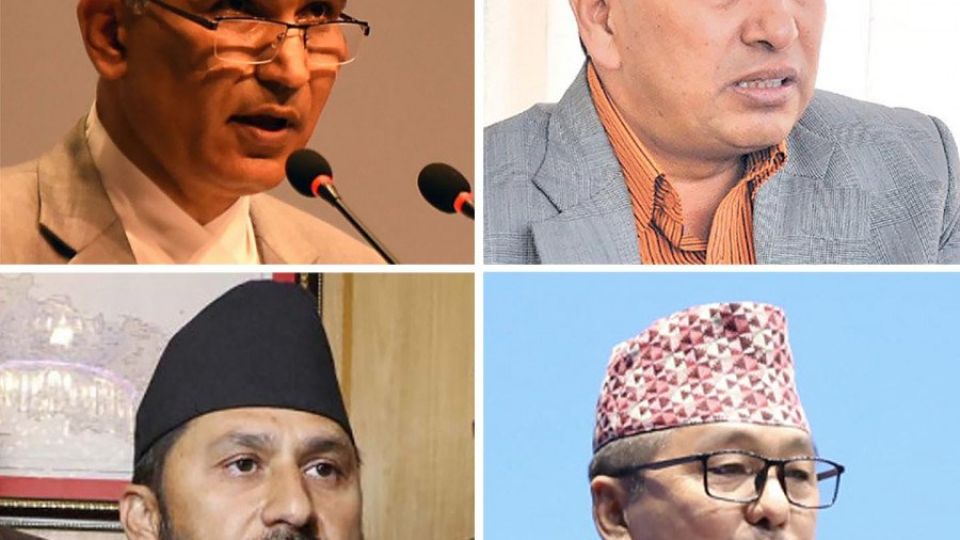January 19, 2023
KATHMANDU – On December 26, a day after he was appointed the prime minister, Pushpa Kamal Dahal took the oath of office and secrecy along with three deputy prime ministers—one each from the CPN-UML, the CPN (Maoist Centre) and the Rastriya Swatantra Party.
Dahal on Tuesday expanded his Cabinet, adding one more deputy prime minister—Rajendra Lingden from the right-wing Rastriya Prajatantra Party. This takes the number of leaders holding the berth to four. Alongside deputy prime ministership, Lingden holds the Energy, Water Resources and Irrigation portfolio. Minister for Finance Bishnu Paudel, Minister for Physical Infrastructure and Transport Narayan Kaji Shrestha, and Minister for Home Affairs Rabi Lamichhane are the other deputy prime ministers in the Dahal administration.
In appointing multiple deputy prime ministers, Dahal comes second only to KP Sharma Oli, who in 2015 appointed a record six deputies, and equals Jhala Nath Khanal’s 2011 record. But Dahal is likely to match Oli’s record as the Upendra Yadav-led Janata Samajbadi Party is in negotiation to join the government with one deputy prime minister and at least two ministerial positions.
The trend of appointing multiple deputy prime ministers provides a snapshot of how Nepali politics has degenerated into merely a ‘number’s game’, devoid of values and principles that should govern political parties and, by extension, the country, experts the Post talked to said. The deputy prime ministerial position, they said, has become a ‘bargaining chip’ and adds more liability to the state.
After Madhav Kumar Nepal, who remains undecided about joining the current government, became deputy prime minister in 1994, successive governments took the position as nothing more than a tool to ‘adjust’ cross-party leaders, said Gopinath Mainali, a former secretary.
“Unless s/he is assigned the charge of the prime minister’s office, a deputy prime minister doesn’t have any role except that of the minister from the respective ministries,” Mainali said.
A deputy prime ministerial position is a cut above the rest that comes with better pay and perks than ministerial posts. Deputy prime ministers also get more security personnel to guard them; while ministers get eight, they get 14. They continue to get two security personnel for two years after their retirement, a perk not available to ministers.
When numbers count more in politics than values and principles, the practice of appointing multiple deputy prime ministers will continue, says Kashi Raj Dahal, an expert on administration who was formerly the chairperson of the Administrative Court.
“It is almost impossible for a single party to get a majority through the electoral system we have adopted, so the deputy prime minister’s position will continue to become a bargaining tool,” Dahal said. “Having many deputy prime ministers contradicts the government’s commitment to ensuring effective administration. This malpractice will not end unless the parties have a strong commitment against it.”
Mainali, the former secretary, said that the deputy prime minister’s position shouldn’t be a tool for political management. “There must be clear reasons for having them,” he said. “There might be a need for one deputy prime minister for coordination in the prime minister’s absence. We definitely don’t need more.”
Chitra Bahadur KC, chairperson of Rastriya Janamorcha, was one of the six deputy prime ministers in the KP Oli government in 2015. KC, who held the Poverty Alleviation portfolio, attests that a deputy prime minister’s position is mostly unnecessary.
“A deputy prime minister doesn’t have an additional role than the ministry’s administration,” KC said. “It is just a tool of political power-sharing and boosting the leaders’ egos.”


